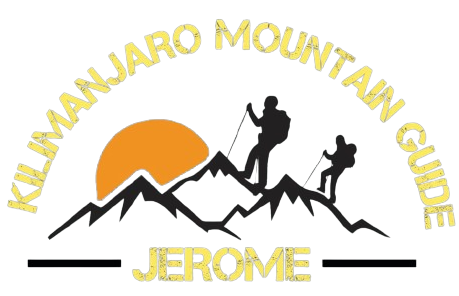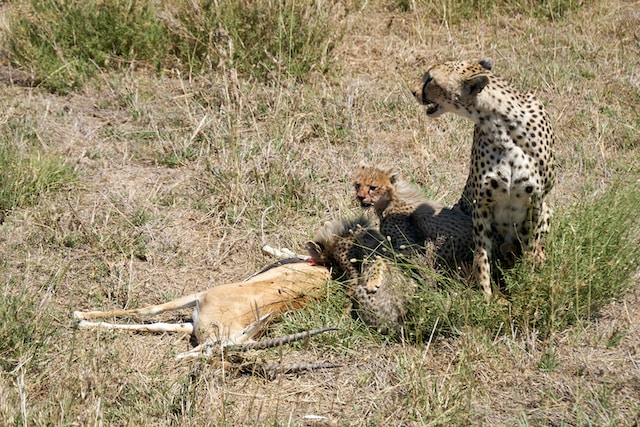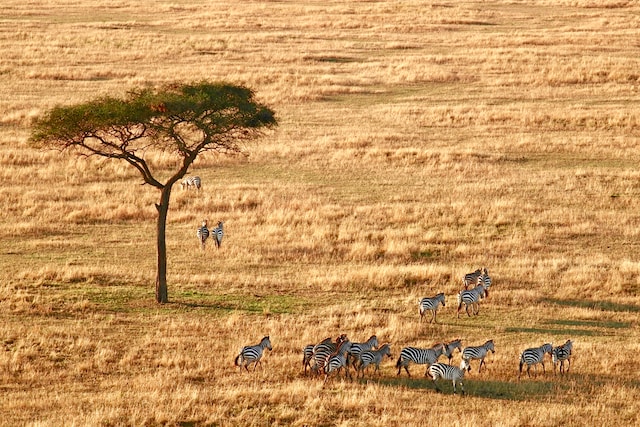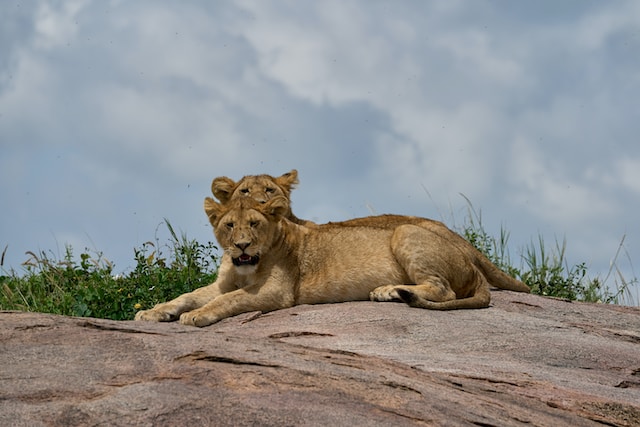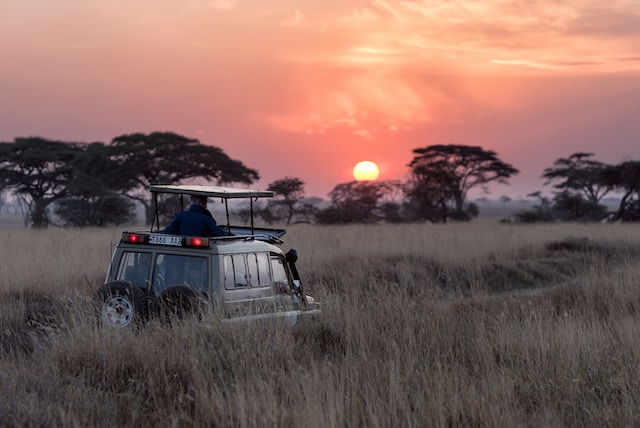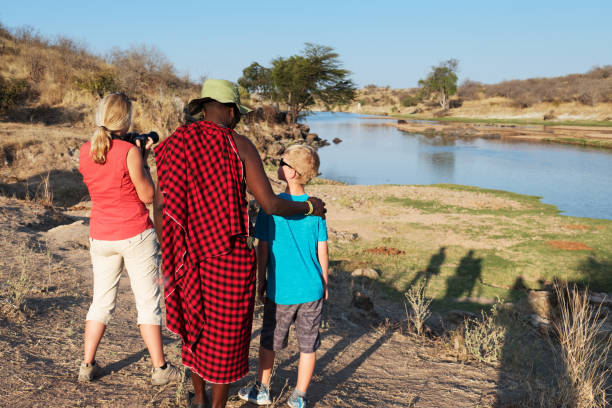- Home
- Safaris
- Tanzania Lodge Safari
- Tanzania Camping Safari
- Serengeti Migration Safari
- Tanzania Family Safari
- Tanzania Honeymoon Safari
- Tanzania Walking Safari
- Best Tanzania Day Trips
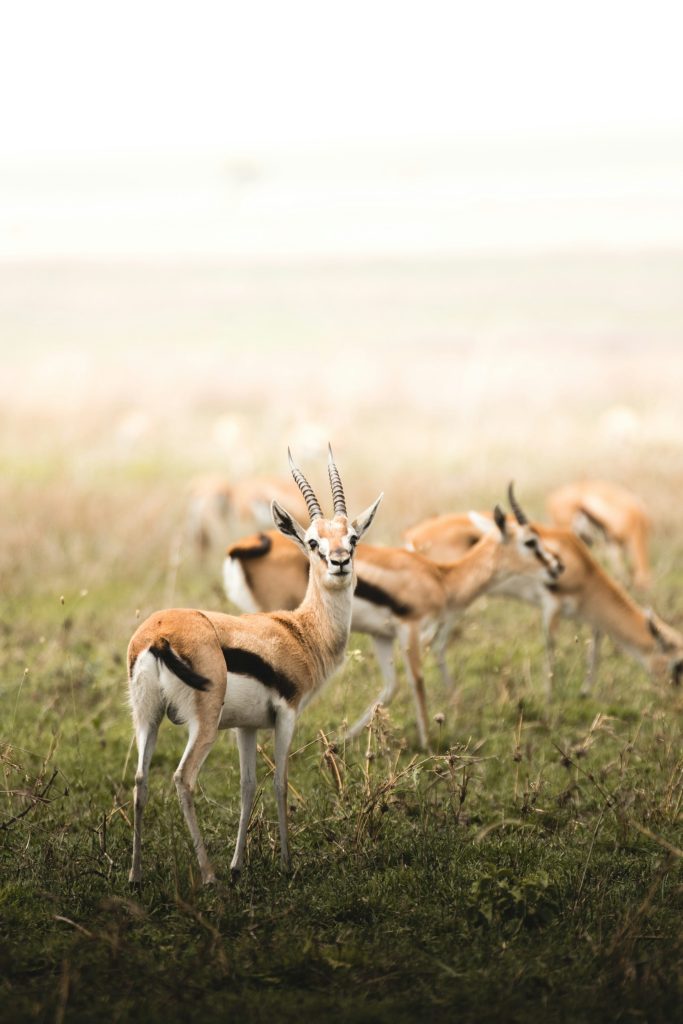
- Kilimanjaro
Kilimanjaro Packages
- Machame Route 6 Days
- Machame Route 7 Days
- Marangu Route 6 Days
- Lemosho Route 7 Days
- Lemosho Route 8 Days
- Rongai Route 7 Days
- Northern Route 9 Days
- Kilimanjaro Joining Group Dates
- Kilimanjaro Full Moon Climbs
Kilimanjaro Tips
- Zanzibar
- About us
8-Day Lemosho Route
An 8-day climb on the Lemosho Route is a great choice as it allows for better acclimatization and a more gradual ascent, increasing your chances of reaching the summit successfully.
Tour Overview
The 8-day Lemosho route climb is a popular trekking route to the summit of Mount Kilimanjaro in Tanzania. Kilimanjaro is the highest mountain in Africa and one of the Seven Summits. The Lemosho route is known for its scenic beauty and high summit success rate due to its longer duration, allowing for better acclimatization.
Here’s a general itinerary for an 8-day Lemosho route climb:
Day by day
8-Day Lemosho Route Inclusions and Exclusions
When planning a Kilimanjaro trekking expedition, it’s crucial to understand what is included and excluded in the 8-Day Lemosho Route package offered by us. While the specific inclusions and exclusions can vary from one tour operator to another, here are some common points to consider:
- Inclusions:
- Permits and Fees: The cost of permits and entrance fees to Kilimanjaro National Park are usually included in the package. This includes park fees, camping fees, and rescue fees.
- Guides and Porters: The cost typically includes fees for experienced guides, porters to carry equipment, and cooks for preparing meals during the trek.
- Meals: Most packages include meals throughout the trek. This includes breakfast, lunch, and dinner. Special dietary requirements can often be accommodated with prior notice.
- Water: Purified water is often provided. It’s essential to stay hydrated during the trek, and the guides will ensure you have access to clean water.
- Camping Equipment: Tents, sleeping bags, and sleeping mats are usually provided as part of the package. Sometimes, trekking poles are also included.
- Transportation: Transfers to and from the Kilimanjaro International Airport to the Hotel also include transfers to the starting point of the trek (and back).
- Safety Equipment: The cost may cover items like oxygen tanks, first aid kits, and emergency communication devices for safety purposes.
- Briefings and Preparations: Pre-trek briefings and orientations are provided to ensure trekkers are well-prepared.
- Exclusions:
- Flights: International flights to and from Tanzania are not typically included in the trekking package.
- Visa Fees: The cost of obtaining a Tanzanian tourist visa is usually not included.
- Travel Insurance: It’s highly recommended to have travel insurance that covers trekking activities. This is usually not included in the package, and you need to arrange it separately.
- Tips: Tips for guides, porters, and other trekking staff are not included in the package cost. Tipping is a common practice and an important part of the trekking culture on Kilimanjaro.
- Equipment Rental: If you need to rent specific trekking gear (like down jackets, trekking poles, etc.), this is usually an additional cost.
- Medical Expenses: Any medical expenses incurred during the trek are typically not covered. It’s essential to have comprehensive travel insurance that includes medical coverage.
- Additional Accommodations: If you need extra nights in a hotel before or after the trek, these costs are usually not included.
- Personal Expenses: Expenses for items such as souvenirs, additional snacks, and other personal items are not included.
The Best Time to Climb the Lemosho Route
The Lemosho route is one of the most scenic and less crowded routes for climbing Mount Kilimanjaro in Tanzania. The best time to climb the Lemosho route is during the dry seasons, which are typically from late June to October and from December to early March.
Here’s a breakdown of these two main dry seasons:
June to October (Late Dry Season): This period is considered the best time to climb Kilimanjaro via the Lemosho route. The weather is relatively dry, and the skies are clear. The temperatures are moderate, and you’re more likely to experience good visibility, which means better views of the surrounding landscapes.
December to Early March (Early Dry Season): This is also a good time to climb the Lemosho route. The weather is still relatively dry, although it can be a bit colder compared to the late dry season. The mountain is less crowded during these months, making it a great choice for those who prefer a quieter trek.
Ultimately, the best time for you to climb the Lemosho route depends on your personal preferences and schedule. It’s essential to consider both weather conditions and crowd levels to make the most of your climbing experience.
Book Climb Lemosho Route 8 DAYS
We would like to work with you
